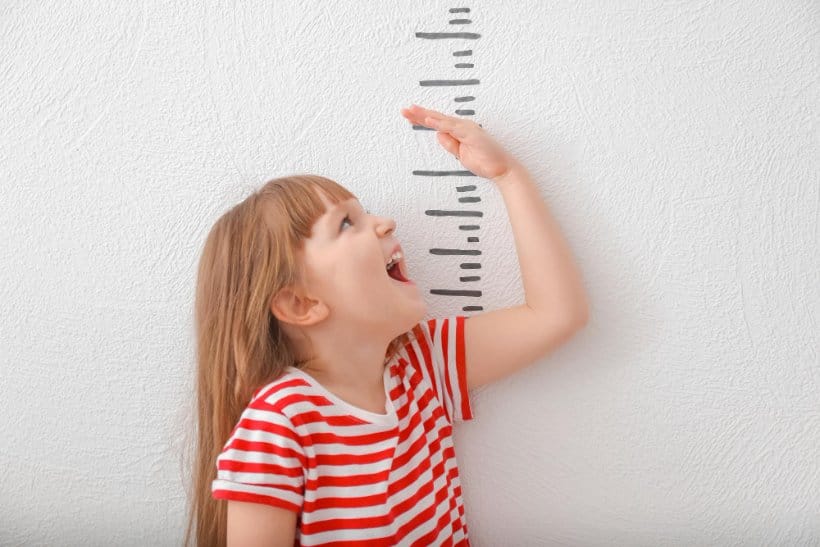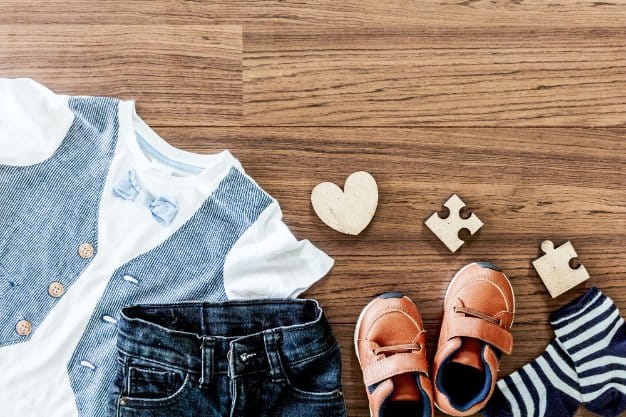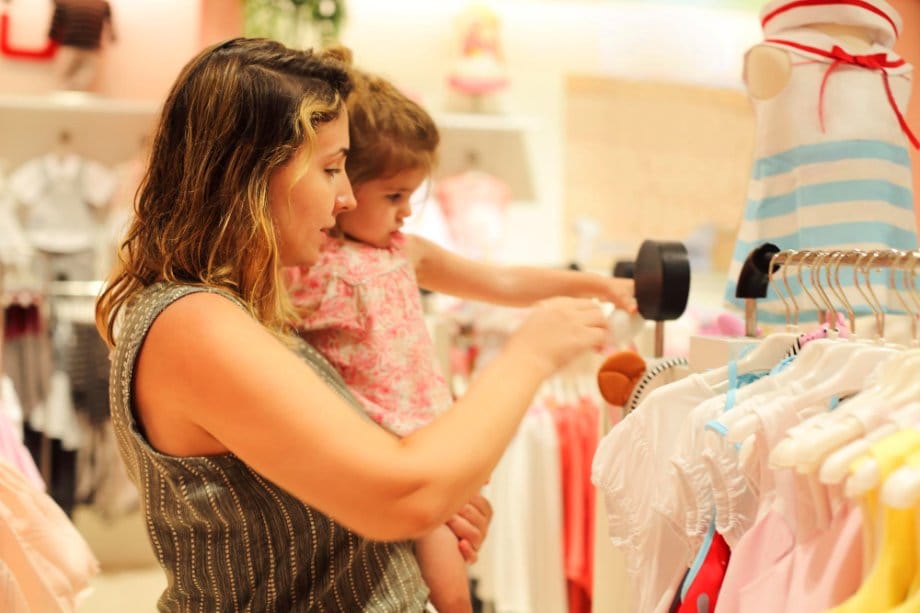Expert advice on sizing, safety, and brand comparisons to ensure the perfect fit for your growing toddler
Table of Contents
- Understanding Toddler Clothing Sizes
- What Are Toddler Sizes?
- 2T vs 24 Months: Key Differences
- Age Guidelines and Expectations
- Size Charts and Measurements
- Factors Influencing Toddler Sizing
- Types of Toddler Clothing and Sizing
- Safety Features and Considerations
- Brand Comparison Guide
- Smart Shopping Tips
- Return Policies and Exchanges
- International Sizing Guide
- Frequently Asked Questions
- Conclusion
Understanding Toddler Clothing Sizes
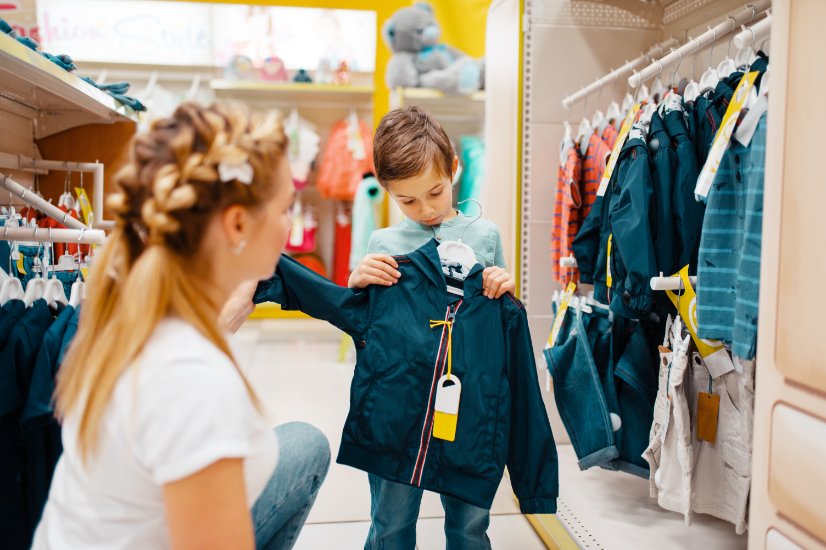
What Are Toddler Sizes in Clothes?
Toddler clothing sizes are specifically designed for children who have outgrown baby clothes but are not yet ready for kids’ sizes. These sizes use a number followed by the letter “T” (such as 2T, 3T, 4T, and 5T), where the “T” stands for “toddler.” This sizing system is different from both baby sizes (which use months like 12M, 18M, 24M) and children’s sizes (which use numbers without the “T”).
(0-24M)
(2T-5T)
(4-14)
According to pediatric guidelines, toddler sizes accommodate children typically between 2 and 5 years old, though this can vary based on individual growth patterns. The sizing takes into account the unique proportions of toddlers, including room for diapers in smaller sizes and the active lifestyle of walking children.
Is Size 2T and 24 Months the Same?
While 2T and 24 months might seem similar, they are distinctly different in both cut and purpose. Understanding this difference is crucial for parents making purchasing decisions.
24 Months
- Style: Baby-focused designs with onesies and snap closures
- Fit: Extra room for bulky diapers
- Length: Shorter in torso and limbs
- Features: Easy diaper access, snap crotches
- Target: Children still in diapers full-time
2T
- Style: More mature toddler styles
- Fit: Slimmer through the diaper area
- Length: Longer to accommodate growth
- Features: Easy up-and-down for potty training
- Target: Walking toddlers, often potty training
What Age Is a Toddler?
The toddler stage typically begins around 12-15 months when children start walking and continues until about age 3-4. However, for clothing purposes, toddler sizes often extend to age 5. The American Academy of Pediatrics defines this period as a time of rapid development and growth, which is why clothing needs to accommodate frequent size changes.
Expert Tip: Dr. Amna Husain, a board-certified pediatrician and AAP spokesperson, recommends thinking of clothing tags as “up to” guidelines. So if a label says “3T,” consider it suitable for children approaching their third birthday.
Size Charts and Measurements
How Do Baby Clothing Sizes Work vs. Toddler Sizes?
Understanding the transition from baby to toddler sizing helps parents navigate this often confusing change. Baby sizes focus on age in months, while toddler sizes shift to developmental stages and physical activity levels.
| Size | Weight (lbs) | Height (inches) | Typical Age | Key Features |
|---|---|---|---|---|
| 2T | 29-31 | 35-36.5 | 2-3 years | Potty training friendly |
| 3T | 31-33 | 36.5-39 | 3-4 years | Active play focus |
| 4T | 34-37.5 | 39-41.5 | 4-5 years | Preschool appropriate |
| 5T | 38.5-43 | 42.5-45 | 5-6 years | Transition to kids sizes |
How Are Toddlers Measured for Clothing?
Accurate measurements are the foundation of proper fit. Here’s how to measure your toddler correctly:
Measurement Guidelines
- Height: Measure barefoot against a wall from floor to top of head
- Weight: Use a reliable scale, preferably at the same time of day
- Chest: Around the fullest part, under the arms
- Waist: Around the natural waistline, not too tight
- Inseam: From crotch to ankle for pants
Measure your toddler every 3-4 months, as they can grow significantly during this period. Keep a record of measurements to track growth patterns and predict future sizing needs.
Brand Sizing Differences
One of the biggest challenges in toddler clothing is that sizes vary significantly between brands. What fits as a 3T in one brand might fit like a 2T or 4T in another.
Carter’s
Fit: True to size
Best for: Long and lean toddlers
Features: Durable, doesn’t shrink oddly
Gap Kids
Fit: Runs large
Best for: All body types
Features: Soft, washes well
Children’s Place
Fit: Generous in waist
Best for: Various body types
Features: Adjustable waistbands
Old Navy
Fit: Runs small and short
Best for: Petite toddlers
Features: Budget-friendly
Gerber
Fit: Runs very small
Best for: Size up recommended
Features: Basic essentials
OshKosh B’gosh
Fit: True to slightly small
Best for: Long and lean toddlers
Features: Durable construction
Factors Influencing Toddler Sizing
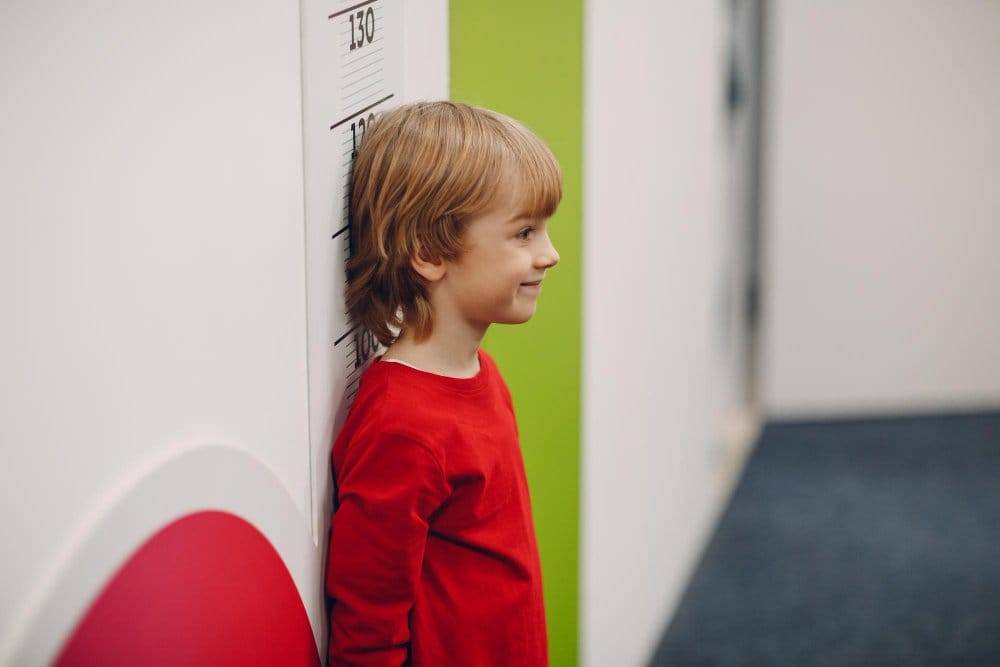
How Fast Do Toddlers Grow from 2T to 3T?
Toddler growth is rarely linear. Children typically experience growth spurts every 3-6 months, during which they may quickly outgrow their current size. On average, toddlers grow 2-3 inches per year, but this growth often happens in bursts rather than gradually.
Growth Spurt Indicators:
- Sudden increase in appetite
- More frequent naps or sleep disturbances
- Clothes becoming tight around wrists, ankles, or waist
- Shoes feeling snug
Most children wear each toddler size for 6-12 months, depending on their individual growth rate. Children who are tall for their age may move through sizes more quickly, while those who are petite may wear the same size longer.
Seasonal Sizing Strategies
Smart parents consider the season when purchasing toddler clothes, especially outerwear. The American Academy of Pediatrics recommends dressing children in one more layer than adults would wear in the same conditions.
Winter Clothing Tips
- Buy outerwear slightly larger for layering
- Choose flame-resistant fabrics for sleepwear
- Look for extendable sleeves and cuffs
- Consider one-piece snowsuits for easier dressing
- Allow thumb’s width in winter boots
Summer Clothing Tips
- Choose breathable cotton fabrics
- Opt for loose-fitting clothes for air circulation
- Include sun protection features
- Select moisture-wicking materials
- Consider UV-protective swimwear
Layering Strategy: Base layer (snug) + insulating layer (fleece or wool) + outer layer (waterproof if needed). This approach allows for easy adjustment as activity levels and temperatures change.
Does a 2 Year Old Wear Size 2 or 3?
Age is just a starting point for sizing. A 2-year-old might wear anywhere from 18 months to 3T, depending on their individual growth pattern and body type. Here’s what to consider:
- Tall and lean children: May need to size up for length
- Average proportions: Usually wear age-appropriate sizes
- Petite children: May wear smaller sizes longer
- Chubby or broad children: May need larger sizes for comfort
Important: Never rely solely on age for sizing. Always check height and weight against size charts, and consider your child’s body proportions.
Types of Toddler Clothing and Sizing
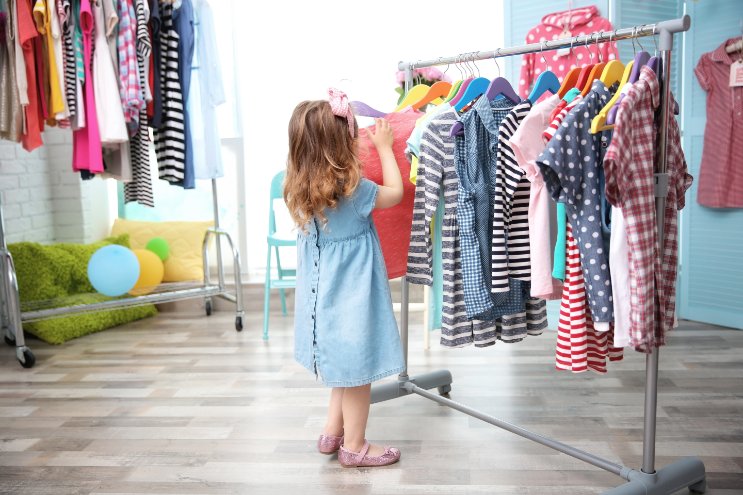
What Clothes Do Toddlers Wear?
Toddler wardrobes should focus on comfort, safety, and practicality. Essential items include:
| Clothing Type | Sizing Considerations | Safety Features | Recommended Quantity |
|---|---|---|---|
| T-shirts & Tops | Allow for shrinkage, check arm length | No small buttons, secure seams | 7-10 pieces |
| Pants & Bottoms | Elastic waists, potty-training friendly | No long drawstrings, reinforced knees | 5-7 pairs |
| Pajamas | Snug fit required for safety | Flame-resistant or tight-fitting | 4-6 sets |
| Undergarments | Soft materials, easy removal | No small parts, comfortable fit | 7-10 pieces |
Outerwear and Seasonal Items
Outerwear sizing requires special consideration for layering and growth. Here are expert recommendations:
Outerwear Sizing Guidelines
- Winter coats: Buy 1/2 to 1 size larger for layering
- Rain gear: Focus on ease of putting on and taking off
- Light jackets: Can be true to size or slightly larger
- Snowsuits: Size up for longer use, but not so large they’re unsafe
Look for features like adjustable cuffs, removable linings, and extendable sleeves that can add 1.5-2 inches to the garment’s life span.
Are Toddler Size 13 and 1 the Same?
Toddler shoe sizing can be confusing because it overlaps with baby and little kid sizes. Here’s the breakdown:
- Size 13: Last size in toddler range (typically age 2-3)
- Size 1: First size in little kids range (typically age 3-4)
- Size 1T: Some brands use “T” designation for toddler-specific features
Shoe Fitting Tips:
- Measure feet in the afternoon when they’re slightly swollen
- Allow thumb’s width of space at the toe
- Check width as well as length
- Replace shoes every 3-4 months during rapid growth periods
- Choose comfortable daily footwear with good support
Safety Features and Considerations
Safety should always be the top priority when selecting toddler clothing. The Consumer Product Safety Commission (CPSC) has established specific guidelines for children’s clothing to prevent injuries.
Critical Safety Features to Check
- Choking Hazards: Buttons must withstand 70N of force; no small removable parts
- Strangulation Risks: No drawstrings around neck or waist longer than 14cm
- Flammability: Sleepwear must be flame-resistant or snug-fitting
- Chemical Safety: Lead content must not exceed 100 ppm
- Sharp Edges: No pointed or sharp decorative elements
Safe Design Features
- Velcro or snap closures instead of small buttons
- Flat, secure decorative elements
- Reinforced seams that won’t unravel
- Non-detachable belts and sashes
- Rounded necklines without strings
Features to Avoid
- Long drawstrings, especially on backs of garments
- Small buttons that could come loose
- Decorative beads or sequins that aren’t secure
- Hood strings that could get caught
- Sharp or pointed decorative elements
Always wash toddler clothes before use to remove potentially harmful chemicals and finishes used in manufacturing.
Brand Comparison Guide
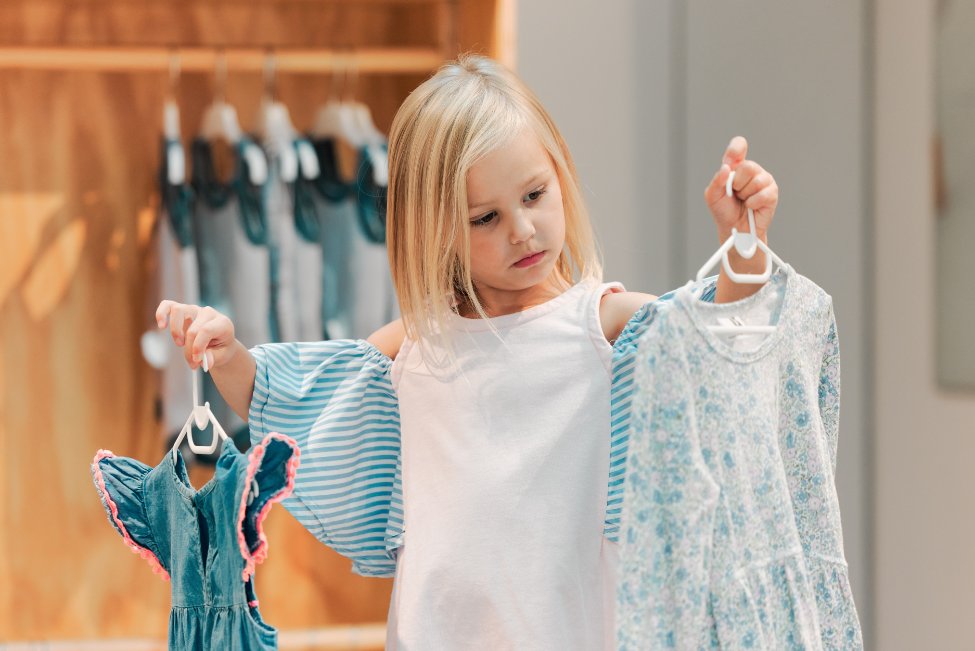
Understanding how different brands fit can save you time, money, and return trips to the store. Here’s a comprehensive comparison based on real parent experiences and expert reviews:
| Brand | Sizing | Best For | Price Range | Special Features |
|---|---|---|---|---|
| Carter’s | True to size | Long & lean toddlers | $ | Durable, consistent sizing |
| Gap Kids | Runs large | All body types | $$ | Soft fabrics, trendy styles |
| Children’s Place | Generous waist | Growing toddlers | $ | Adjustable waistbands |
| Target (Cat & Jack) | True to size | Active toddlers | $ | 1-year guarantee |
| Old Navy | Runs small/short | Petite toddlers | $ | Budget-friendly basics |
| H&M Kids | European sizing | Fashion-forward families | $ | Trendy, sustainable options |
Pro Tip: Keep a sizing notebook with your child’s measurements and how different brands fit them. This becomes invaluable for online shopping and gift purchases.
Smart Shopping Tips
When to Size Up
- Your child is at the top of the current size range
- Buying clothes for future seasons
- The brand tends to run small
- Purchasing expensive items you want to last
- Your child is experiencing a growth spurt
When to Buy True to Size
- Safety-critical items like pajamas
- Shoes (proper fit is essential)
- Items with adjustable features
- When trying a new brand
- Special occasion outfits
Money-Saving Strategies
- Buy off-season: Purchase winter clothes in spring for 30-60% off
- Use size prediction tools: Tools like SizeCast help predict future sizes
- Shop consignment: High-quality brands at fraction of retail price
- Join loyalty programs: Many stores offer member-exclusive discounts
- Check return policies: Buy from stores with generous return policies
Consider checking out quality baby clothes collections for budget-friendly options that don’t compromise on safety or comfort.
Return Policies and Exchanges
Understanding return policies can save you money and frustration when sizes don’t work out. Here are the key policies from major retailers:
| Retailer | Return Window | Special Features | Receipt Required |
|---|---|---|---|
| Target | 90 days (120 with RedCard) | Cat & Jack 1-year guarantee | Yes, or card lookup |
| Children’s Place | 45 days | Size exchanges only | Yes, must have tags |
| Carter’s | 90 days | Free return shipping online | Yes |
| Gap | 45 days | Extended holiday returns | Yes |
| Primary | 90 days | Free returns, easy exchanges | Yes |
Return Policy Tips:
- Always keep receipts and original tags
- Check if items must be unwashed/unworn
- Understand difference between returns and exchanges
- Note holiday extension policies
- Consider store credit vs. refund options
International Sizing Guide
What Size is 2T in the UK?
International sizing can be confusing because different countries use different systems. Here’s how US toddler sizes convert:
| US Size | UK Size | European Size | Height (cm) | Age Range |
|---|---|---|---|---|
| 2T | 18-24 months | 92 | 86-92 | 2-3 years |
| 3T | 2-3 years | 98 | 92-98 | 3-4 years |
| 4T | 3-4 years | 104 | 98-104 | 4-5 years |
| 5T | 4-5 years | 110 | 104-110 | 5-6 years |
Key Differences:
- US/UK/Australia: Age-based sizing
- Europe: Height-based sizing in centimeters
- Asia: Often runs smaller; check specific brand charts
Frequently Asked Questions
It depends on the item and your child’s growth pattern. For everyday clothes, sizing up slightly can provide more wearing time. However, for safety items like pajamas, proper fit is crucial. For shoes, proper fit is always more important than room to grow.
Most 2-year-olds wear 2T, but this varies significantly based on height, weight, and individual growth patterns. Some may still fit 18-24 months, while others may need 3T. Always check measurements against size charts rather than relying solely on age.
No, 3T (toddler) and 3Y (youth) are different. 3T is designed for toddlers with different proportions and features like easier diaper access. 3Y is part of the kids’ sizing system and may have different fits and features appropriate for older children.
2T typically fits children ages 2-3 years, but age is just a guideline. The fit depends more on your child’s height (35-36.5 inches) and weight (29-31 pounds). Some children may wear 2T from 18 months to 3.5 years.
On average, children wear each toddler size for 6-12 months, but this varies greatly. During growth spurts, they might outgrow a size in 3-4 months. Slower-growing children might wear the same size for over a year.
Not exactly. 5T is toddler sizing, while XS is kids’ sizing. They may be similar in measurements, but 5T is designed for toddler proportions and needs, while XS kids’ sizing assumes different body proportions and developmental stages.
After 5T, children typically move to kids’ sizes starting with size 4 or 5 (without the “T”). Some brands also offer 6T as a transition size. Kids’ sizes run from 4-14, and then children move to adult XS sizes.
Yes, 4-year-olds are still considered toddlers for clothing purposes. The toddler stage for clothing typically extends through age 5, which is why you’ll see 4T and 5T sizes. This accounts for the developmental and physical characteristics of this age group.
Conclusion
Navigating toddler clothing sizes doesn’t have to be overwhelming. Armed with the right knowledge about measurements, brand differences, and safety considerations, you can make confident purchasing decisions that keep your toddler comfortable, safe, and stylish.
Essential Takeaways
- Measure regularly: Check your toddler’s height and weight every 3-4 months
- Understand brand differences: Each brand fits differently; keep notes on what works
- Prioritize safety: Check for choking hazards, proper fit, and flame-resistant materials
- Consider growth patterns: Factor in your child’s individual growth rate and body type
- Plan for seasons: Buy winter clothes slightly larger for layering
- Know return policies: Understand each store’s exchange and return rules
- Use age as a starting point only: Height and weight are more reliable indicators
- Invest in quality basics: Well-made clothes last through growth spurts and multiple children
Final Recommendations
Start with measuring your child accurately and consulting brand-specific size charts. When in doubt, consider your child’s growth trajectory and the item’s purpose. Remember that a well-fitting outfit not only looks better but also supports your toddler’s development and safety.
For ongoing support with toddler clothing needs, consider exploring resources like toddler clothing essentials and stay updated with the latest in child safety standards and sizing innovations.
The key to success is understanding that every child is unique. Use this guide as your foundation, but always adapt to your child’s specific needs, growth patterns, and preferences. With time, you’ll develop the confidence to navigate toddler sizing like a pro, ensuring your little one is always dressed appropriately for whatever adventures lie ahead.

